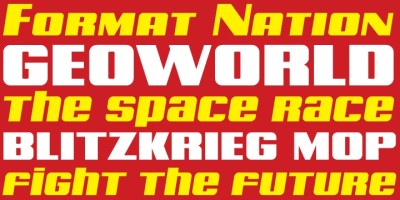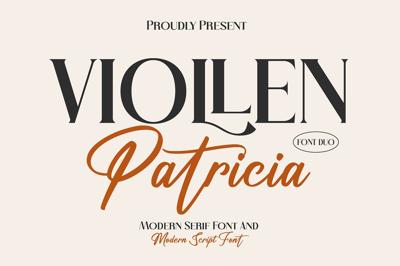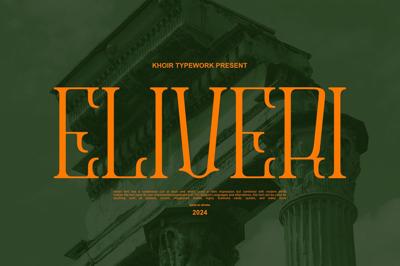Interviews with Renowned Font Designers: Where Do They Find Their Inspiration?
Interviews with Renowned Font Designers: Where Do They Find Their Inspiration?
Typography isn’t just about letters—it’s an art form, a reflection of culture, and a bridge between creativity and communication. We spoke with some of the world’s most respected font designers to uncover the stories, inspirations, and philosophies behind their work. Here’s what they had to say.
1. Jessica Hische – Blending Illustration and Type
Jessica Hische, celebrated for her lettering and type design, shared that much of her inspiration comes from combining the worlds of illustration and typography.
“I love looking at old signage, vintage packaging, and children’s books. There’s something magical about how type was integrated with illustration in the mid-20th century—it feels joyful and human.”
Hische encourages aspiring designers to sketch by hand often, as it unlocks unexpected forms that can’t be replicated digitally.
2. Erik Spiekermann – The Power of Utility
The creator of FF Meta and ITC Officina, Erik Spiekermann, believes functionality is at the heart of great design.
“I’m inspired by solving problems. A font is a tool, and I want that tool to work flawlessly for whoever uses it. Inspiration comes from understanding the context and constraints.”
Spiekermann also draws influence from architectural forms and the efficient, utilitarian design of German industrial products.
3. Marian Bantjes – Ornamentation with Meaning
Known for her intricate, decorative typography, Marian Bantjes approaches type as a vehicle for storytelling.
“Much of my inspiration comes from patterns in nature, Islamic art, and historical calligraphy. I’m fascinated by the intersection of beauty and communication.”
For Bantjes, inspiration is also deeply personal—her life experiences and emotions often find their way into her work.
4. Matthew Carter – Tradition Meets Technology
With a career spanning six decades, Matthew Carter (designer of Georgia and Verdana) bridges the gap between traditional type-making and digital typography.
“I’ve always looked back to classic typefaces, not to copy them but to understand what makes them timeless. Then I think about how to make them relevant in a new medium.”
Carter is inspired by solving technical challenges, such as improving screen legibility, while respecting the craft of historical type design.
5. Veronika Burian – Collaboration and Cultural Exchange
Co-founder of TypeTogether, Veronika Burian finds inspiration in collaboration and multicultural influences.
“Working with other designers exposes you to different perspectives. I also get inspired by scripts beyond Latin—Arabic, Devanagari, Cyrillic. They open your eyes to the richness of global typographic traditions.”
Burian recommends that designers travel, observe public signage, and collect ephemera as a way to fuel creativity.
6. Jonathan Hoefler – History as a Playground
Jonathan Hoefler, known for typefaces like Hoefler Text and Gotham, finds deep inspiration in historical sources.
“Old type specimens, architectural inscriptions, even old coins—they all carry typographic DNA. History is a playground where you can discover forgotten ideas and bring them back to life.”
He advises young designers to study printed artifacts and understand the technologies that shaped them.
7. Nadine Chahine – Type as Cultural Expression
Specializing in Arabic and multilingual typography, Nadine Chahine sees type design as a bridge between cultures.
“My inspiration often comes from poetry, calligraphy, and the flow of the Arabic script. I’m also driven by the challenge of making scripts work harmoniously together in multilingual contexts.”
Chahine believes that typography carries cultural narratives and strives to honor them in every design.
Final Reflections
From vintage packaging to architectural forms, from historical manuscripts to global scripts—these designers prove that inspiration is everywhere. It’s in the details of daily life, the textures of culture, and the problem-solving challenges unique to each project.
Whether you’re an aspiring type designer or simply a lover of beautiful letters, let their journeys remind you: inspiration doesn’t arrive in a vacuum. It’s cultivated through curiosity, observation, and a deep appreciation for the stories type can tell.




